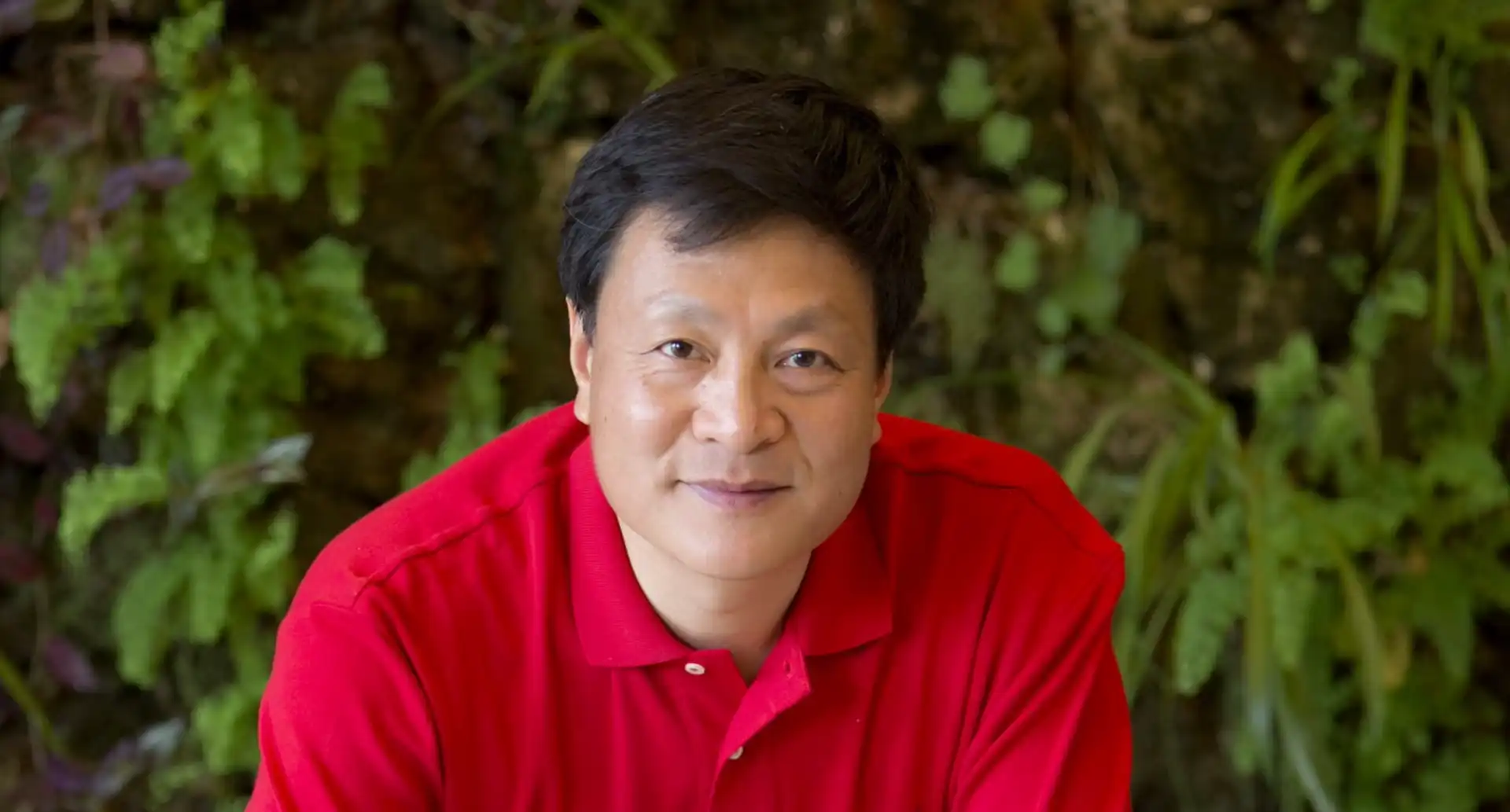The Architect Who Made Cities Breathe Again

Photo by WanQuan/Turenscape
Chinese architecture often relies on the elements. Kongjian Yu’s career as a Chinese architect was defined by water. Born in Zhejiang province, his childhood was shaped and surrounded by floods and droughts, thus causing Yu to spend his life rethinking how cities could embrace the natural cycles of rain, rivers, and wetlands.
Yu, 62, died in a plane crash in Brazil on Sept. 23, 2025. Best known as the father of China’s “sponge city” movement, his ideas were simple: cities would absorb, filter, and reuse rainwater rather than channel it aimlessly into concrete and pipes. In practice, it represented a profound shift in how urban China approached flooding, drought and climate adaption.
Yu’s approach to architectural design shaped Chinese city planning and provided influence to projects worldwide. His works included flood-resilient parks, wetlands and urban green belts but his “sponge city” remained his signature achievement.
After studying at Harvard University, Yu returned to China and founded Turenscape, both an academic home for landscape architecture at Peking University and an award-winning design firm practice. His projects blended scientific rigor with ecological sensitivity, creating city parks that doubled as flood basins and boulevards that acted as temporary rivers during heavy storms.
The Chinese government embraced his sponge city framework in 2014, adopting it as a model for dozens of municipalities. The policy shift reflected Beijing’s growing recognition that hard concrete flood controls were failing and that Yu’s vision of working with nature offered a more sustainable alternative. By then, his work had already become global: wetlands in Wuhan, storm-resilient parks in Beijing, and ecological corridors in Miami all bore his imprint.
Yu’s designs never solely relied on infrastructure. His architecture mirrored China’s cultural philosophy of tian ren he yi, a principle of harmony between people and nature embedded in centuries of farming and water management.
His projects reminded modern cities that they should still carry echoes of the landscapes that preceded them. Visitors to his projects often remarked on the sense of openness and were deeply moved by the invitation to walk, wade, or simply linger in spaces designed to emulate water’s path, a path without resistance.
Yanweizhou Park, located in Jinhua—a city in East China’s Zhejiang province known for its 10,000-year rice-farming history, crafts and rich water network—became a catalyst in Yu’s career. Where once rivers would flood neighborhoods, the park’s terraced wetlands and pedestrian bridges intervene now as nature-based infrastructure.
For Yu, landscape architecture was a civic duty. He believed cities were safer, healthier, and more human when built with ecological humility. That belief lives on in the generations of students he trained, the practitioners he mentored, and the citizens whose daily lives now intersect with parks and wetlands shaped by his ideas.
Kongjian Yu’s passing leaves a stark void in the world of design but his legacy is already eroded into the ground beneath millions of people’s paths. His sponge cities do not merely stand as monuments; they function, they save, and quietly constantly persist.
Yu stands as a testament to the fight against climate extremes and serves as a reminder that human progress and natural systems need not be at odds.